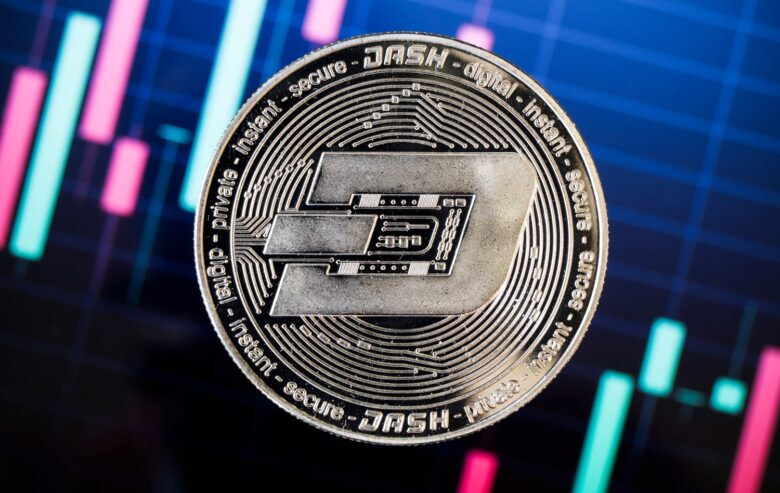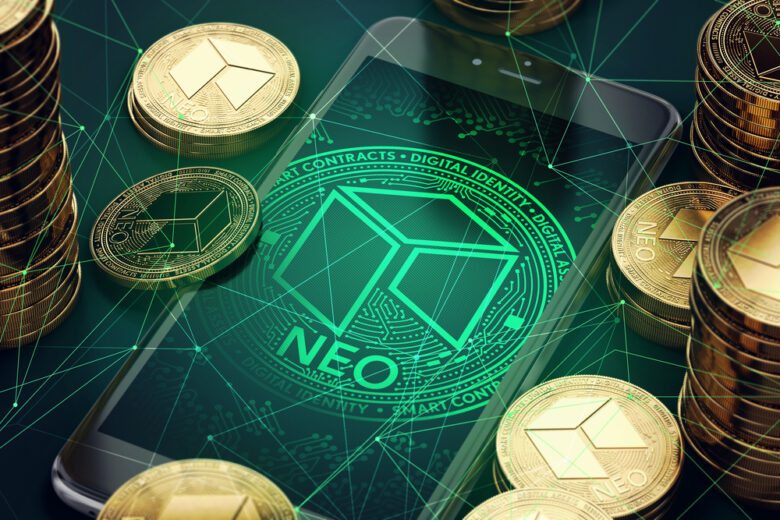Cryptocurrencies have come a long way since their introduction in the early 2000s, becoming an increasingly popular investment option for those looking to diversify their portfolios. With the increasing popularity of cryptocurrency, it is interesting to look back and see the development of the industry from its humble beginnings. In this article, we will explore the nine oldest cryptocurrencies ever released, many of which laid the foundation for today’s cryptocurrency industry.
We will discuss each cryptocurrency’s origin, purpose, and performance since its launch. Additionally, some platforms are used to facilitate cryptocurrency transactions from the beginning, such as https://bitsoftware360.com/.
Read below to find out the nine oldest cryptocurrencies ever released.
Bitcoin

Source: bbc.com
Bitcoin, released in 2009, is the first and most well-known cryptocurrency. It was created by an anonymous person or group of people under the name Satoshi Nakamoto. Bitcoin is a decentralized currency that is not subject to government or financial institution control. A network of nodes verifies transactions, and each node has a copy of the blockchain, which is a public ledger of all Bitcoin transactions. Bitcoin can be used to purchase goods and services online or can be held as an investment.
Litecoin

Source: voi.id
Litecoin was released on October 7, 2011, and was one of the first cryptocurrencies to follow in the footsteps of Bitcoin. Charlie Lee, a former Google engineer, created Litecoin. Litecoin is similar to BTC coins in several ways, but it has some significant differences. One of the main differences is that Litecoin has a faster block time. This means that Litecoin can confirm transactions much faster than Bitcoin. Another difference is that Litecoin uses another proof-of-work algorithm.
Litecoin has become one of the most popular cryptocurrencies in the world and is often referred to as “the silver to Bitcoin’s gold.” Litecoin has a large following among cryptocurrency enthusiasts and has been adopted by many businesses as a payment option.
Ethereum

Source: economictimes.indiatimes.com
Ethereum, the second-largest cryptocurrency by market capitalization, was released in 2015. Developed by Russian-Canadian programmer Vitalik Buterin, Ethereum is a decentralized systems that runs contracts and without the interference of a third-party.
Ethereum has gained popularity due to its support for a wide range of decentralized applications, including those involved in the fields of finance, gaming, and social media. The Ethereum network is also home to a growing number of so-called “decentralized autonomous organizations” (DAOs), which are firms that operate without a central authority.
Dogecoin

Source: latimes.com
Dogecoin is an open-source, peer-to-peer cryptocurrency and a decentralized digital currency that allows for fast, secure, and inexpensive online payments. Launched in 2013 as a joke currency by its creators, the Dogecoin community has grown significantly and is now accepted as a legitimate means of payment. Dogecoin is based on the same blockchain technology as Bitcoin and has the same features, such as transaction immutability and decentralization. Transactions are fast and secure, and commissions are much less than those of traditional payment systems. Dogecoin provides users with a service that is reliable, secure, and easy to use.
Dash

Source: coindesk.com
Dash is a popular digital payment system revolutionizing how we transact. It is an open-source and decentralized cryptocurrency that allows for instant and private payments. With Dash, users are given complete control of their money without relying on a third party or central authority. It is one of the most secure and fastest digital payment systems available, providing users with unprecedented financial freedom and convenience.
Dash’s strong focus on privacy and security makes it a perfect choice for those looking to make online payments without the need for a traditional bank account. With its low transaction fees and fast transaction confirmations, Dash is quickly becoming the go-to digital payment system for a variety of people and businesses.
Ripple

Source: gaming.net
Ripple is an innovative technology that is becoming increasingly popular in the cryptocurrency world. This technology is a peer-to-peer payment system that is decentralized and open-source. Ripple is designed to enable users to quickly and easily transfer funds across borders securely, and cheaply. It is a welcome alternative to traditional payment systems, which can often be slow, costly, and inefficient.
Ripple also offers an array of features, including instant payments and low transaction fees, making it one of the most efficient payment systems available today. Furthermore, Ripple has the potential to drastically improve current financial systems and expand the opportunities for global payments.
Monero

Source: coingape.com
Monero is an open-source cryptocurrency that has gained a great deal of attention in recent years due to its focus on privacy and scalability. It was launched in April 2014 as a fork of the Bytecoin blockchain and has since grown to become one of the world’s largest and most successful digital currencies. Monero is designed to be fast and secure, and it offers users complete control over their funds and transactions. It also offers users the ability to remain completely anonymous.
NEO

Source: coindesk.com
NEO, formerly known as AntShares, is a next-generation digital asset and blockchain platform that has taken the world by storm in recent years. NEO, which was founded in China in 2014, is a distributed network that enables digital assets and smart contracts to be securely stored and managed. The platform is viewed by many as the “Ethereum of China” due to its similarities to the popular Ethereum platform, and its value has seen remarkable growth since its launch.
NEO offers a superior alternative to existing digital asset and contract platforms because of its unique features, such as decentralized digital asset trading, an integrated peer-to-peer network, and smart contract programming.
NEM

Source: coinbureau.com
NEM (New Economy Movement) is a cryptocurrency platform designed to enable the decentralized management of digital assets and provide a secure and low-cost infrastructure for financial transactions. It provides a platform for developing innovative decentralized applications and creating and deploying smart contracts. The platform has been designed to include various features that can be implemented in a wide range of applications, including digital asset management, online payments, cryptocurrency trading, online games, and more.
Conclusion
As the digital world progresses, so does the technology used to create and store cryptocurrencies. While Bitcoin remains the most popular cryptocurrency on the market today, many other options have been around for longer. In this article, we’ve looked at 9 of the oldest cryptocurrencies ever released. Although they may not be as well-known as Bitcoin, they are still interesting in their own right and worth considering if you’re looking to invest in digital currencies.
